When the COVID-19 pandemic hit, my job went fully remote in March 2020. I liked working from home—folding laundry between meetings, throwing dinner in the oven at 3 p.m., etc.
With the extra time spent at home, I leaned into a few hobbies I’d always been curious about. Like many of us, I bought a Cricut and a ridiculous amount of crafting supplies. That year, everyone received handmade gifts and baked goods for birthdays and holidays—complete with twine bows and personalized tags.
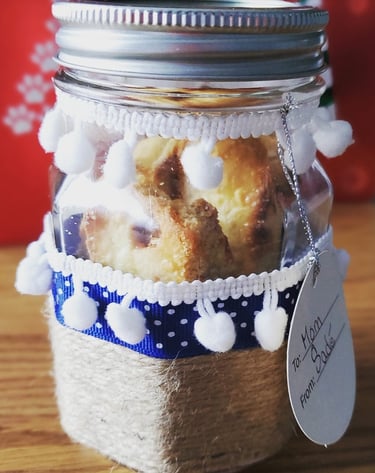

When the gyms closed, I invested in home workout gear to keep my body moving, which, along with toilet paper, was nearly impossible to find. But hey, I tried.
Fast-forward to Spring 2021: the gyms reopened. I was equally nervous and excited to return. There was a buzz in the (musty) air—relief, uncertainty, and hope all tangled together. It felt good to have access to all that a gym can provide.
After a sweat-inducing training session, I followed my usual post-workout tradition: telling my husband how I got my butt kicked in the best way. I even reenacted a few moves on the living room floor.
A few days later, something felt… off. I don’t nap often, but by mid-afternoon, I was extremely lethargic and shivering under my favorite blanket. I grabbed the thermometer and placed it under my tongue, and a few moments later, it read 101°F. I pulled out the at-home COVID-19 test, swabbed my nose as instructed by the little pamphlet. It was positive.
A wave of fear hit me hard. I immediately thought of all the lives lost to this virus.
I quarantined myself in our guest room. Over the next week, I checked off nearly every symptom from a Google search. After about 10 days, I thought I was in the clear. Until I wasn’t.
Climbing a single flight of stairs left me wheezing. I mean, I usually run up and down these stairs like it’s my personal cardio circuit—mostly because I keep forgetting things in other rooms. But now? Step 10 out of 13 was my nemesis (yes, I counted).
Desperate for fresh air, I asked my husband if he needed help in the garden. He typically manages all seven garden beds during spring and summer, while I sit nearby with a cold iced tea (or a Long Island Iced Tea) and impure thoughts. Te-he-he!
But that day, I rolled up my sleeves. I weeded. I moved soil. I did more squat holds than any Zumba class had ever required. And within 20 minutes, something shifted—I could breathe deeper without gasping.

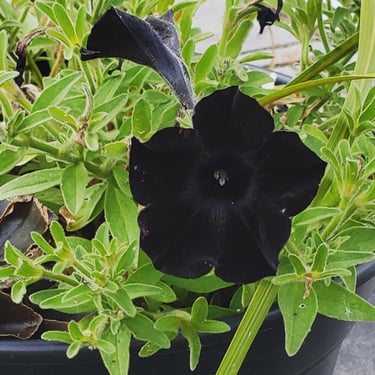
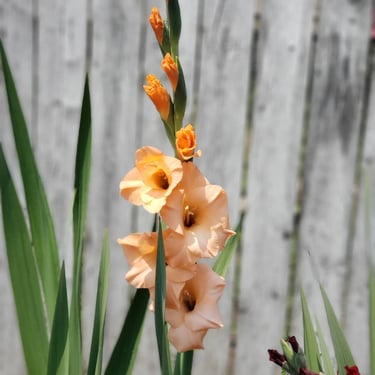
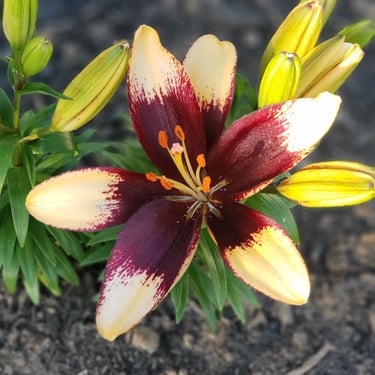
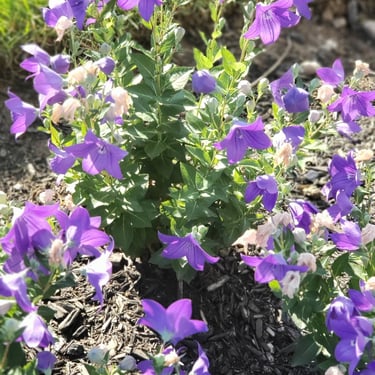
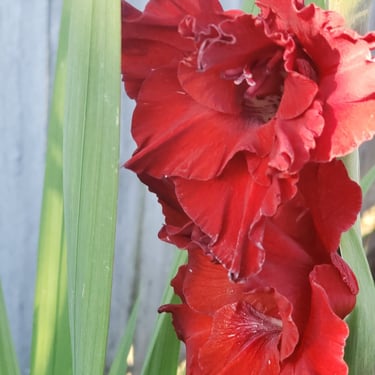
To this day, I tell anyone who’ll listen how, through the grace of God, gardening helped me heal. And to this day, I remain passionate about my plants and outdoor space. It’s more than a hobby—it’s a grounding ritual, a path back to myself, and a beautiful way to connect with my loved ones.
5 Benefits of Gardening as a Hobby
A study done by the National Institutes of Health found that gardening has a significant positive impact on health.
1. Physical Health Benefits
Exercise: Gardening is surprisingly physical. Activities like digging, weeding, planting, and carrying soil work your muscles, improve flexibility, and burn calories. It's a full-body workout that doesn’t feel like exercise.
Improved Breathing: Spending time outside in fresh air, surrounded by plants, can support better lung health. Gardening naturally encourages deep breathing, which helps oxygenate your body and boost circulation.
Vitamin D Boost: Soaking up sunlight while gardening provides your body with essential vitamin D, which helps strengthen bones and improve immune function.
2. Mental Health Benefits
Stress Relief: The repetitive, meditative motions of gardening help calm the mind. Being surrounded by greenery can lower cortisol (the stress hormone) and improve mood.
Mindfulness: Gardening immerses you in the present moment. You become deeply connected to the rhythms of nature, which can be grounding and therapeutic.
Sense of Accomplishment: Watching your hard work bloom—literally—can boost self-esteem and a sense of purpose. Each new sprout is a small victory.
3. Emotional and Social Benefits
Connection to Nature: There’s something profoundly fulfilling about nurturing living things. Gardening fosters a sense of connectedness to the earth and its cycles.
Community: Many people find that gardening brings them closer to others, whether it’s through community gardens, sharing tips, or gifting homegrown produce.
Healing and Resilience: As your story illustrates, gardening can even support recovery and resilience. The small, consistent effort it requires can be a path to healing and personal growth.
4. Cognitive Benefits
Focus and Creativity: Designing a garden and deciding which plants to grow exercises your creativity and problem-solving skills.
Memory Support: Engaging in gardening tasks can help keep the brain active and may even reduce the risk of cognitive decline in older adults.
5. Environmental Benefits
Cleaner Air: Plants act as natural air purifiers by absorbing carbon dioxide and releasing oxygen.
Local Ecosystem Support: Gardens provide habitats and food for pollinators like bees and butterflies, as well as other wildlife.
Sustainability: Growing your own vegetables and herbs can reduce your reliance on store-bought produce, cutting down on packaging waste and your carbon footprint.
Gardening isn’t just an activity; it’s an investment in your overall well-being. Whether you’re nurturing vegetables, flowers, or houseplants, the benefits are plentiful and long-lasting
Has nature ever helped you heal—physically or emotionally? I’d love to hear your story. Leave a comment or share this post with a fellow plant lover.
Turning to the Garden: My First Step Toward Recovery
The Lockdown Lifestyle Shift
When life turned upside down in 2020, I found comfort in crafts, home workouts—and eventually, the garden. What started as a way to pass the time turned into an unexpected path to healing after COVID left me breathless.
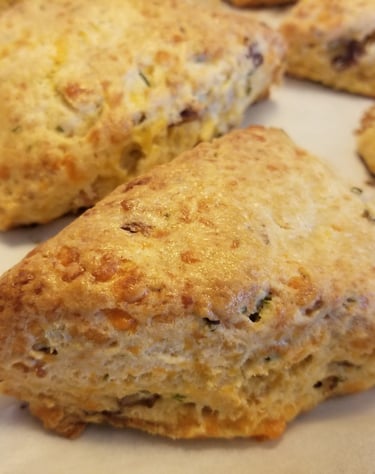



How COVID Affected My Body
If you've been feeling overwhelmed, off-balance, or just disconnected from your body or your space, try reconnecting through a small, intentional act:
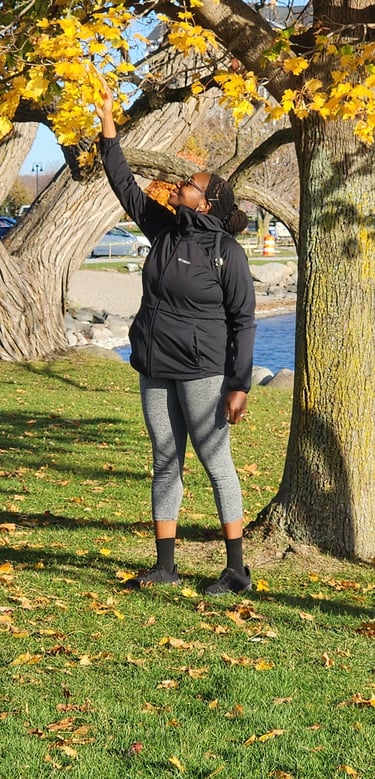

Try these mindful exercises
Step outside and pull a few weeds, water your plants, or just stand barefoot in the grass for a few minutes.
Start a tiny herb garden on your windowsill or balcony.
Take a slow walk and let your senses guide you—what do you hear, smell, see?
